Home>Technology>Home Office Tech>How To Use An EV Charging Station
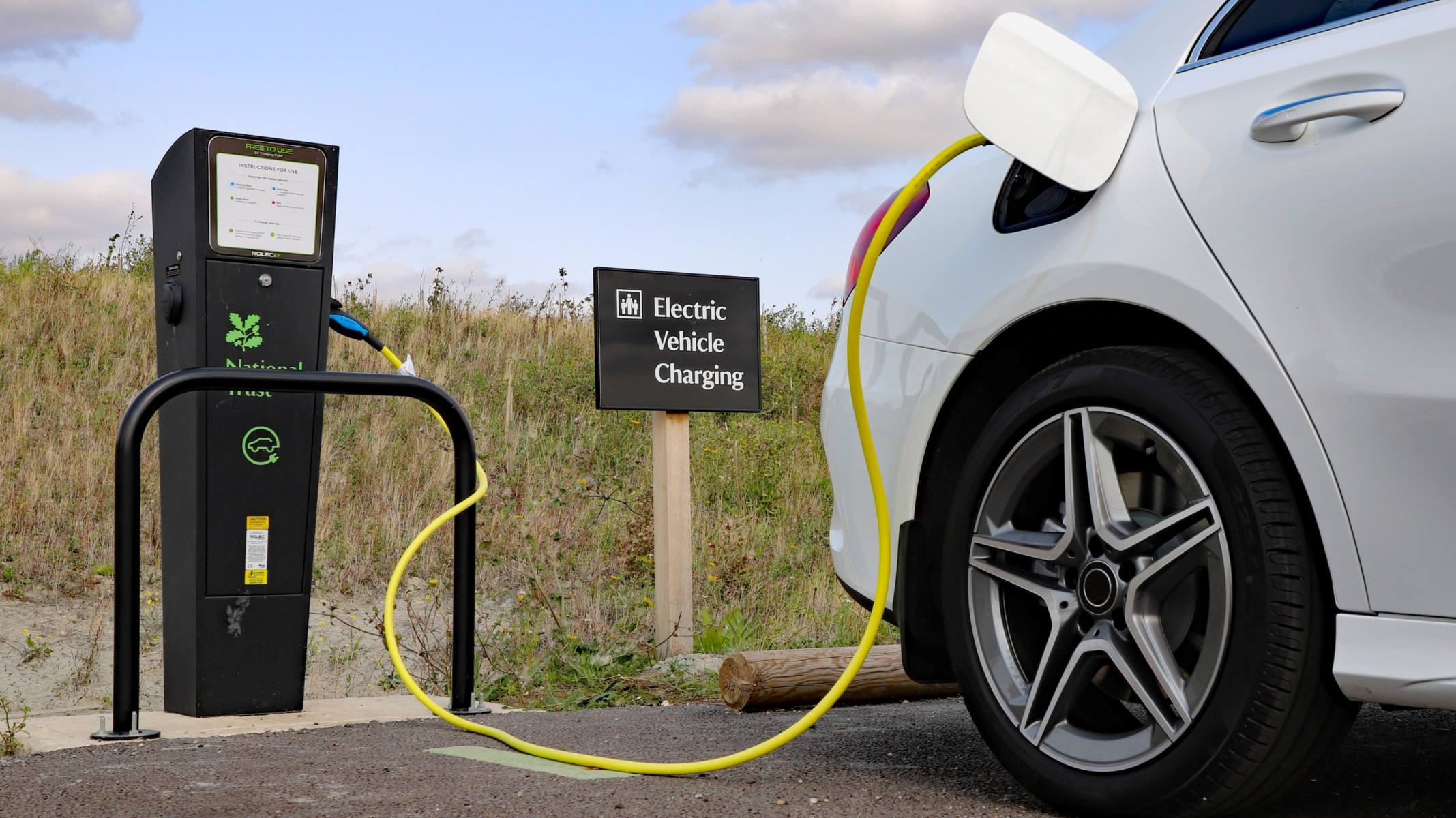

Home Office Tech
How To Use An EV Charging Station
Modified: January 9, 2024
Learn how to use an EV charging station at home, in the office, or on the go with our comprehensive guide. Get the latest tips and tech advice for seamless charging.
(Many of the links in this article redirect to a specific reviewed product. Your purchase of these products through affiliate links helps to generate commission for Storables.com, at no extra cost. Learn more)
Introduction
Welcome to the era of electric vehicles (EVs), where the concept of refueling has evolved into recharging. As the world embraces sustainable transportation, the demand for electric vehicle charging stations has surged. Whether you’re a proud owner of an electric car or considering joining the eco-friendly revolution, understanding how to use an EV charging station is essential.
In this comprehensive guide, we’ll delve into the intricacies of EV charging stations, from understanding their different types to providing practical tips for efficient charging. By the end of this article, you’ll feel confident and well-equipped to navigate the world of EV charging stations with ease.
Key Takeaways:
- Understanding the Different Levels of EV Charging
EV charging stations come in different speeds and formats. Level 1 is slow, Level 2 is faster, and DC Fast Charging is the quickest. Knowing the right type for your car is crucial for efficient charging. - Tips for Efficient EV Charging
Plan your charging stops strategically, take advantage of off-peak hours, and consider smart charging features to optimize your EV charging. These tips can help save energy and make your charging experience more convenient.
Read more: What Is An EV Charging Station
Understanding EV Charging Stations
Electric vehicle (EV) charging stations are the lifeblood of the growing EV community. These stations are designed to provide the necessary electricity to recharge the batteries of electric vehicles. Understanding the different types of EV charging stations is crucial for seamless integration into the world of electric mobility.
There are three primary levels of EV charging, each offering varying charging speeds and compatibility:
- Level 1 (120 volts): This basic charging method utilizes a standard household outlet. While convenient, it provides the slowest charging speed, making it suitable for overnight charging or topping up during the day.
- Level 2 (240 volts): Level 2 charging stations are commonly found in public locations and residential settings. They offer faster charging speeds compared to Level 1, making them ideal for regular recharging.
- DC Fast Charging (480 volts or higher): This high-speed charging option is typically available at public charging stations. It provides rapid charging, allowing EV drivers to replenish a significant portion of their battery capacity in a short amount of time.
Furthermore, EV charging stations come in various formats, including wall-mounted units, standalone pedestals, and integrated charging points at parking spaces. Understanding the specific type of charging station and its compatibility with your electric vehicle is essential for a successful charging experience.
Moreover, advancements in technology have led to the development of smart EV charging stations. These innovative solutions offer features such as scheduling, remote monitoring, and billing integration, enhancing the convenience and efficiency of EV charging.
By familiarizing yourself with the diverse landscape of EV charging stations, you can make informed decisions regarding where and how to charge your electric vehicle, ultimately contributing to a sustainable and eco-conscious mode of transportation.
Finding an EV Charging Station
Locating an electric vehicle (EV) charging station is a fundamental aspect of owning or operating an electric car. Fortunately, with the increasing popularity of EVs, finding a charging station has become more convenient than ever. Here are several effective methods for locating EV charging stations:
- Mobile Apps and Websites: Numerous mobile applications and websites are dedicated to helping EV drivers find nearby charging stations. These platforms provide real-time information on the availability, compatibility, and charging speeds of various stations, empowering users to plan their routes effectively.
- Navigation Systems: Many modern electric vehicles come equipped with built-in navigation systems that display nearby charging stations along planned routes. This seamless integration simplifies the process of locating and accessing charging facilities during journeys.
- Public Charging Networks: Several established public charging networks operate extensive networks of EV charging stations across different regions. Joining these networks through membership or access cards grants users access to a wide array of charging stations, offering added convenience and peace of mind.
- Community Forums and Recommendations: Engaging with the EV community through online forums and social media platforms can provide valuable insights and recommendations for locating reliable and user-friendly charging stations. Fellow EV enthusiasts often share firsthand experiences and tips for discovering hidden gems in the charging infrastructure landscape.
Moreover, when selecting an EV charging station, it’s essential to consider factors such as the charging speed, connector compatibility with your vehicle, and the station’s operational status. By leveraging the available tools and resources, EV drivers can confidently navigate the network of charging stations, ensuring a seamless and efficient charging experience.
As the infrastructure for electric vehicle charging continues to expand and evolve, finding a suitable charging station has become an integral part of the overall electric mobility experience. By staying informed and utilizing the available resources, EV drivers can embrace the convenience and sustainability of electric transportation while enjoying the freedom to recharge whenever and wherever needed.
When using an EV charging station, make sure to check if it’s compatible with your vehicle and have the necessary charging cable. Also, be mindful of the charging time to avoid overcharging.
Using an EV Charging Station
Once you’ve located an electric vehicle (EV) charging station, the process of effectively utilizing the facility is straightforward and user-friendly. Here’s a step-by-step guide to using an EV charging station:
- Arrival: Upon reaching the charging station, ensure that your electric vehicle is parked in a designated charging spot. It’s important to be mindful of other EV drivers and to park considerately to allow multiple vehicles to access the charging infrastructure simultaneously.
- Authentication: Depending on the type of charging station, you may need to authenticate your session using an RFID card, a mobile app, or a payment method. Follow the instructions provided at the station to initiate the charging process.
- Connector Selection: Select the appropriate charging connector that matches the port on your electric vehicle. Different EV models may feature varying connector types, so it’s essential to ensure a secure and compatible connection for efficient charging.
- Initiating the Charging Session: Once the connector is securely plugged into your vehicle, follow the prompts on the charging station’s interface to start the charging session. In some cases, you may need to confirm the charging parameters, such as the desired charging duration or the maximum charging power.
- Monitoring the Charging Process: During the charging session, you can monitor the progress through the station’s display or the accompanying mobile app. This allows you to track the amount of energy delivered to your vehicle and estimate the remaining charging time.
- Completion and Disconnection: Once your vehicle has reached the desired charge level or when you’re ready to resume your journey, follow the instructions to conclude the charging session. Safely disconnect the charging connector from your vehicle and return it to the station’s holster or designated storage area.
By following these simple steps, you can effectively utilize an EV charging station to replenish your electric vehicle’s battery, ensuring that you’re ready for your next eco-friendly adventure. Embracing the user-friendly nature of EV charging stations contributes to the seamless integration of electric mobility into daily routines, promoting sustainable transportation practices for a greener future.
Tips for Efficient Charging
Optimizing the charging process for your electric vehicle (EV) can enhance efficiency and convenience, allowing you to make the most of your charging sessions. Here are several valuable tips for efficient EV charging:
- Plan Charging Stops: When embarking on a journey, plan your charging stops strategically. Utilize navigation apps or EV-specific trip planners to identify optimal locations for recharging along your route, minimizing unnecessary detours and maximizing the efficiency of your travel.
- Take Advantage of Off-Peak Hours: Many utility providers offer discounted electricity rates during off-peak hours. By scheduling your charging sessions during these periods, you can benefit from lower energy costs while supporting grid stability by redistributing energy consumption.
- Monitor Battery Health: To maintain the longevity of your EV’s battery, avoid consistently charging it to full capacity unless necessary for long journeys. Instead, aim for regular partial charging within the recommended state-of-charge range to promote battery health and longevity.
- Utilize Smart Charging Features: If your EV or the charging station supports smart charging features, take advantage of scheduling and remote monitoring capabilities. This allows you to optimize charging times, coordinate with renewable energy availability, and remotely manage charging sessions for added convenience.
- Consider Bi-Directional Charging: Explore the potential of bi-directional charging, which enables your EV to discharge energy back to the grid during peak demand periods. This innovative approach can provide financial incentives and contribute to grid stability, transforming your vehicle into a flexible energy asset.
- Engage in Energy Recovery: Some electric vehicles feature regenerative braking systems that capture and store energy during deceleration. Leveraging this technology can supplement your vehicle’s energy reserves, enhancing overall efficiency and reducing the frequency of charging stops.
By implementing these tips, you can optimize the charging experience for your electric vehicle, promoting efficiency, cost-effectiveness, and sustainable energy utilization. Embracing these strategies not only enhances your individual EV ownership experience but also contributes to the broader goals of energy conservation and environmental responsibility.
Read more: How To Start An EV Charging Station Business
Conclusion
As electric vehicles continue to revolutionize the automotive industry, the role of electric vehicle (EV) charging stations becomes increasingly pivotal in supporting the widespread adoption of sustainable transportation. Understanding the nuances of EV charging stations, from their diverse types to efficient utilization, empowers individuals to seamlessly integrate electric mobility into their lifestyles.
By comprehending the distinct levels of EV charging and the evolving landscape of charging infrastructure, EV drivers can make informed decisions when selecting and utilizing charging stations. The accessibility of charging stations through mobile apps, navigation systems, and public charging networks enhances the convenience and reliability of recharging electric vehicles, fostering a seamless and user-friendly experience.
Efficient utilization of EV charging stations, coupled with strategic planning and the adoption of smart charging practices, optimizes the overall charging process, promoting energy efficiency and cost-effectiveness. Embracing innovative solutions such as bi-directional charging and energy recovery further amplifies the sustainability and flexibility of electric vehicle ownership, contributing to a greener and more resilient energy ecosystem.
As the infrastructure for electric vehicle charging continues to evolve, the seamless integration of EV charging stations into daily routines and travel plans becomes increasingly prevalent. The collective efforts of individuals, communities, and industry stakeholders in embracing electric mobility and sustainable energy practices pave the way for a future where electric vehicles and their charging infrastructure are seamlessly woven into the fabric of modern transportation.
With a deepened understanding of EV charging stations and a commitment to efficient and sustainable charging practices, individuals can embark on their electric vehicle journeys with confidence, knowing that they are actively contributing to a cleaner and more sustainable future for generations to come.
Frequently Asked Questions about How To Use An EV Charging Station
Was this page helpful?
At Storables.com, we guarantee accurate and reliable information. Our content, validated by Expert Board Contributors, is crafted following stringent Editorial Policies. We're committed to providing you with well-researched, expert-backed insights for all your informational needs.
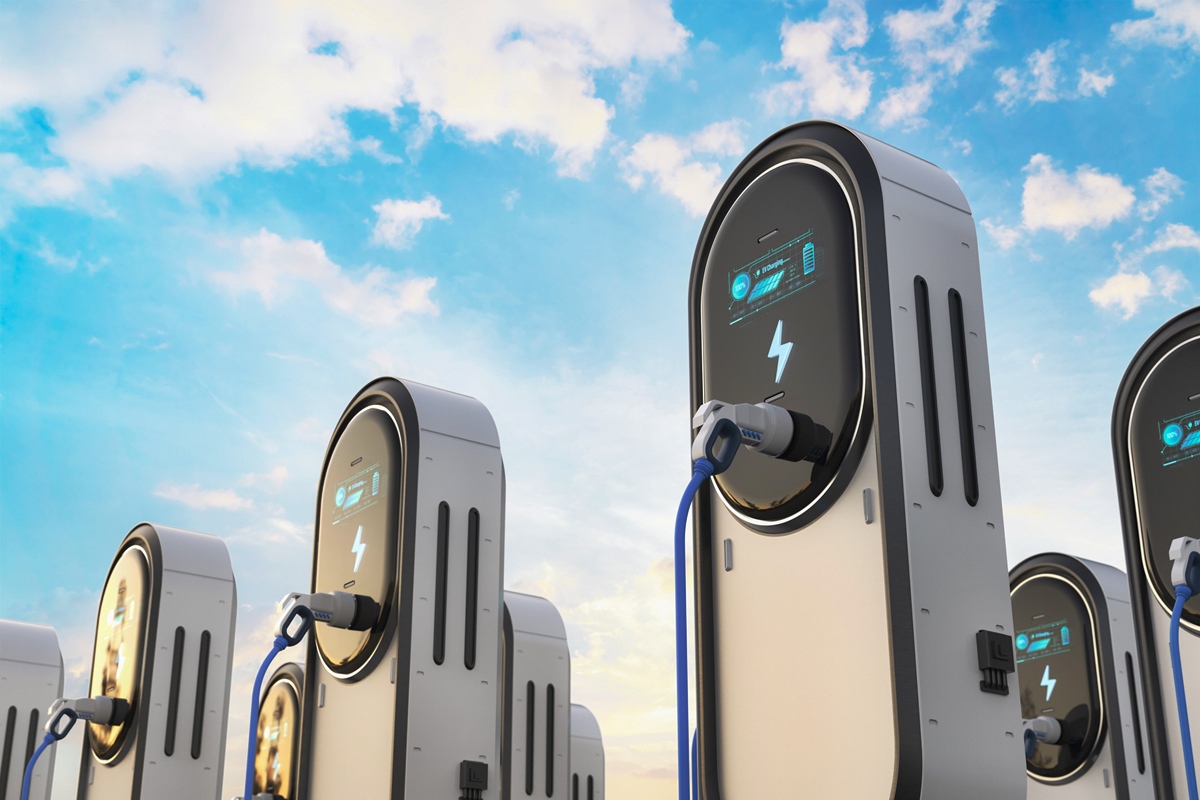
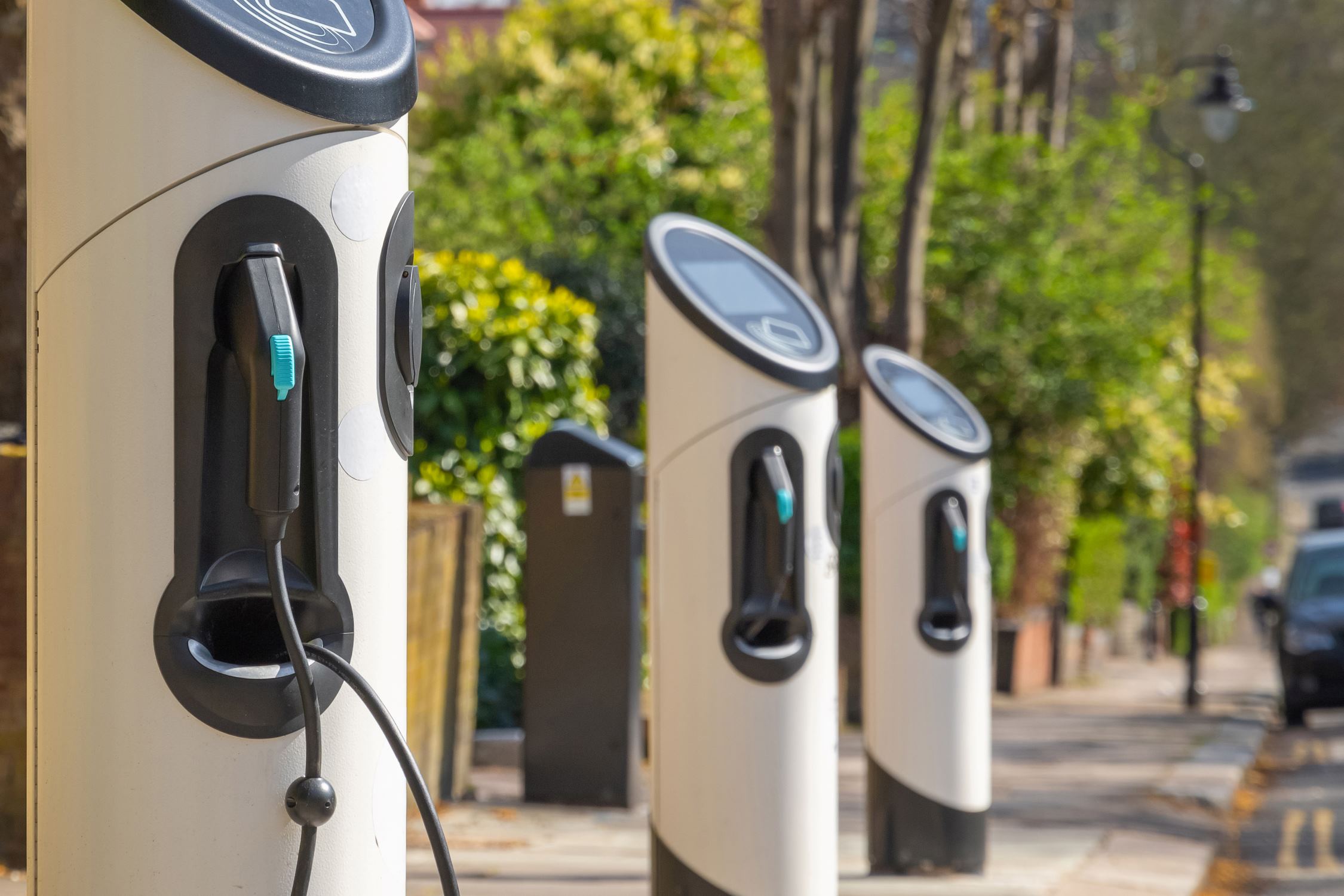
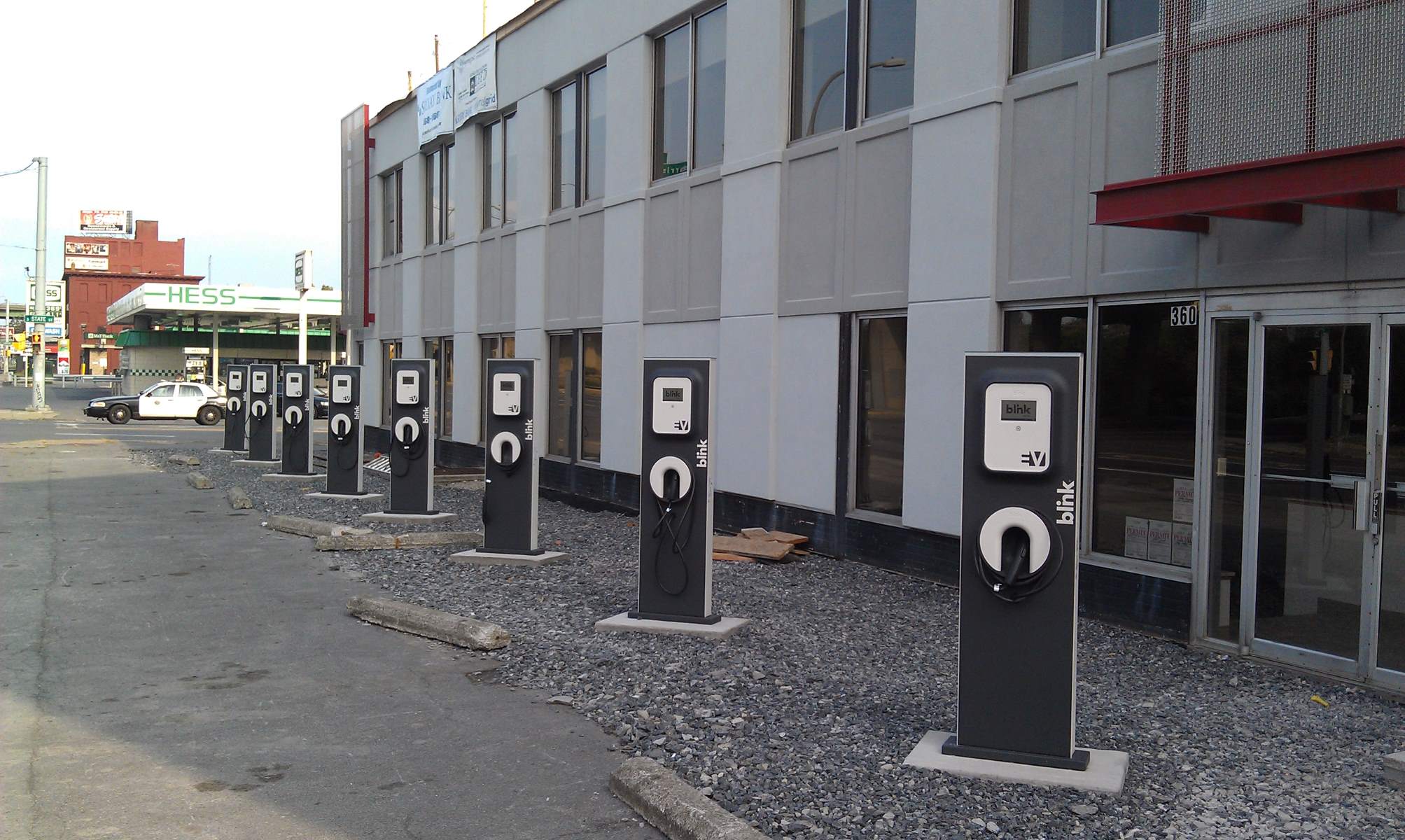
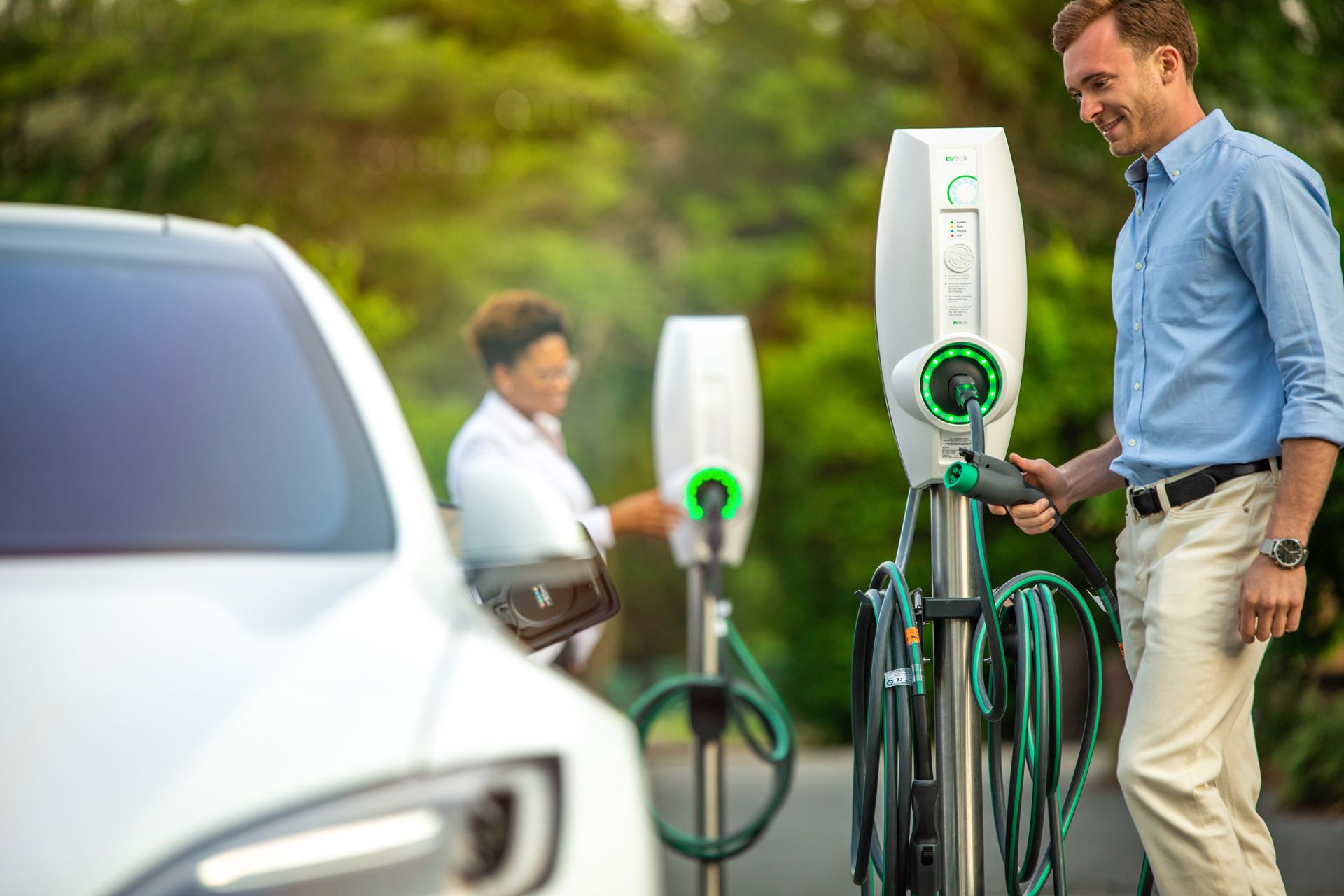
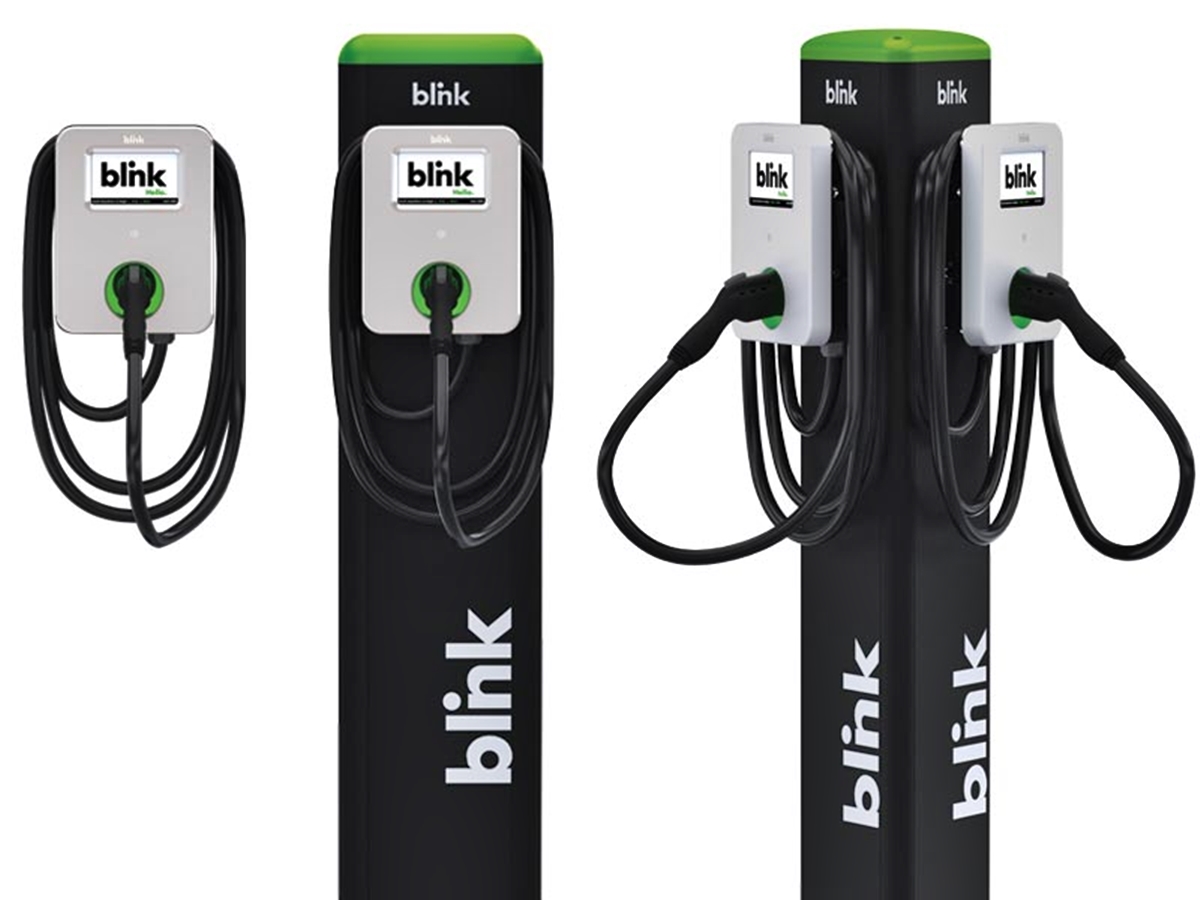
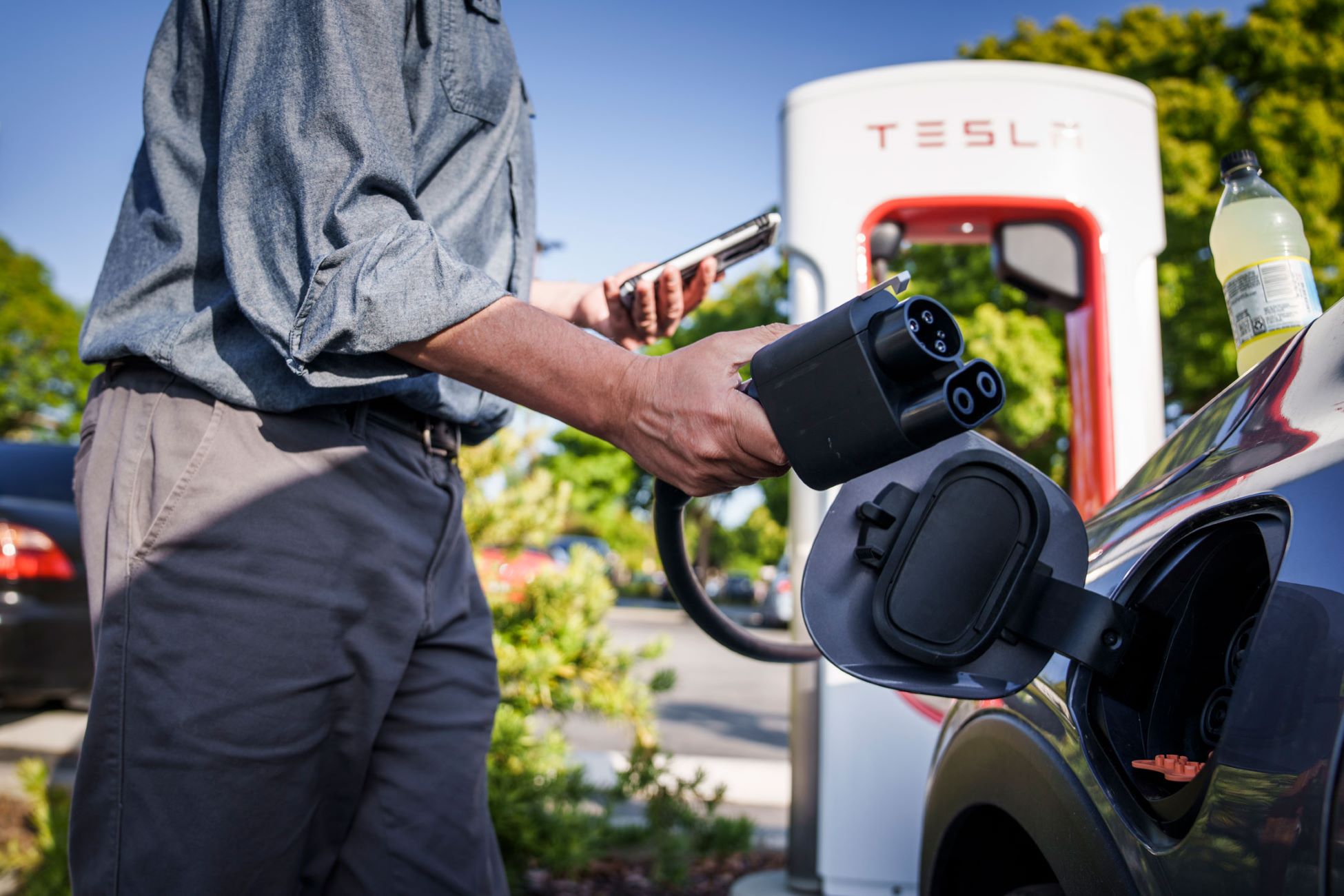

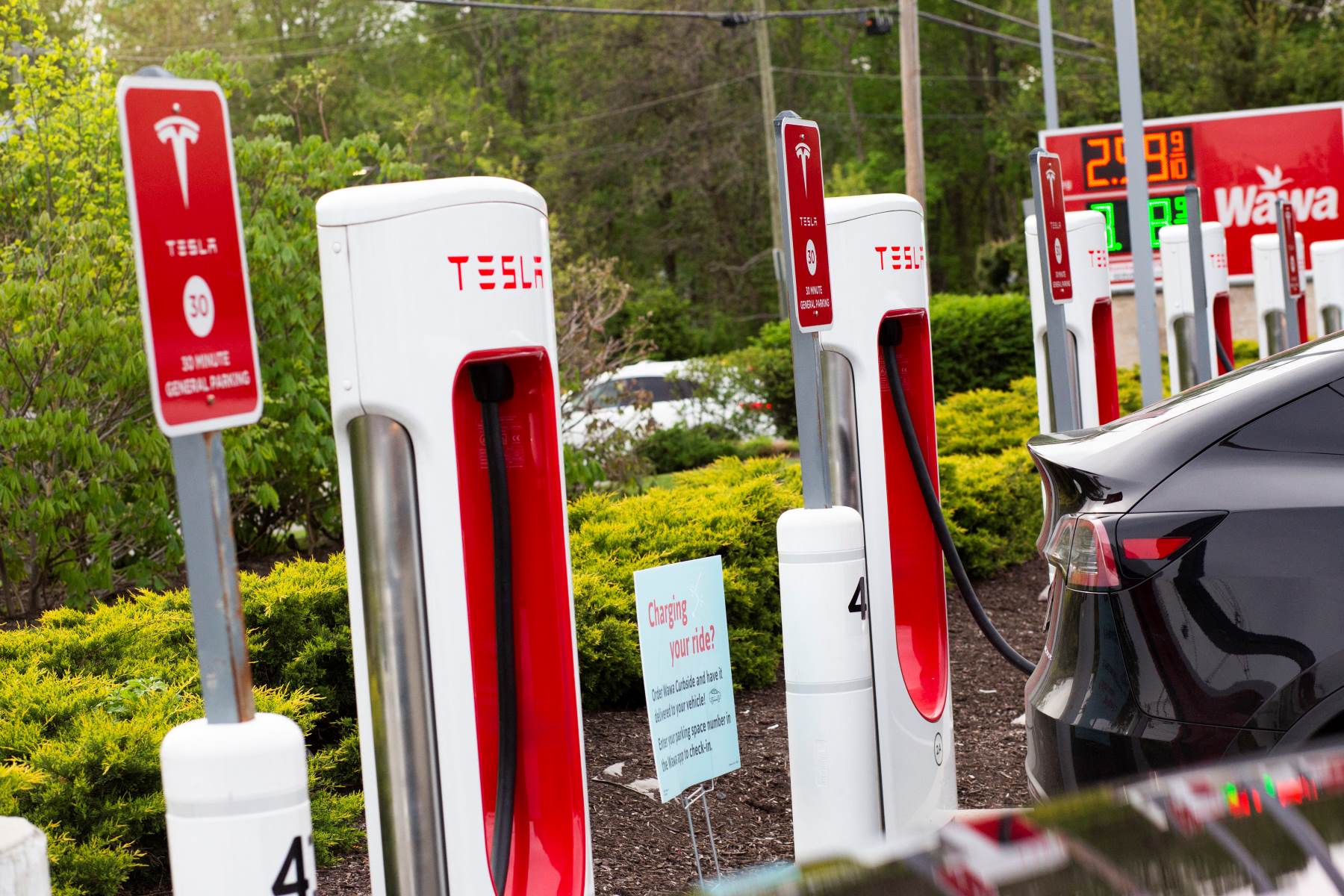
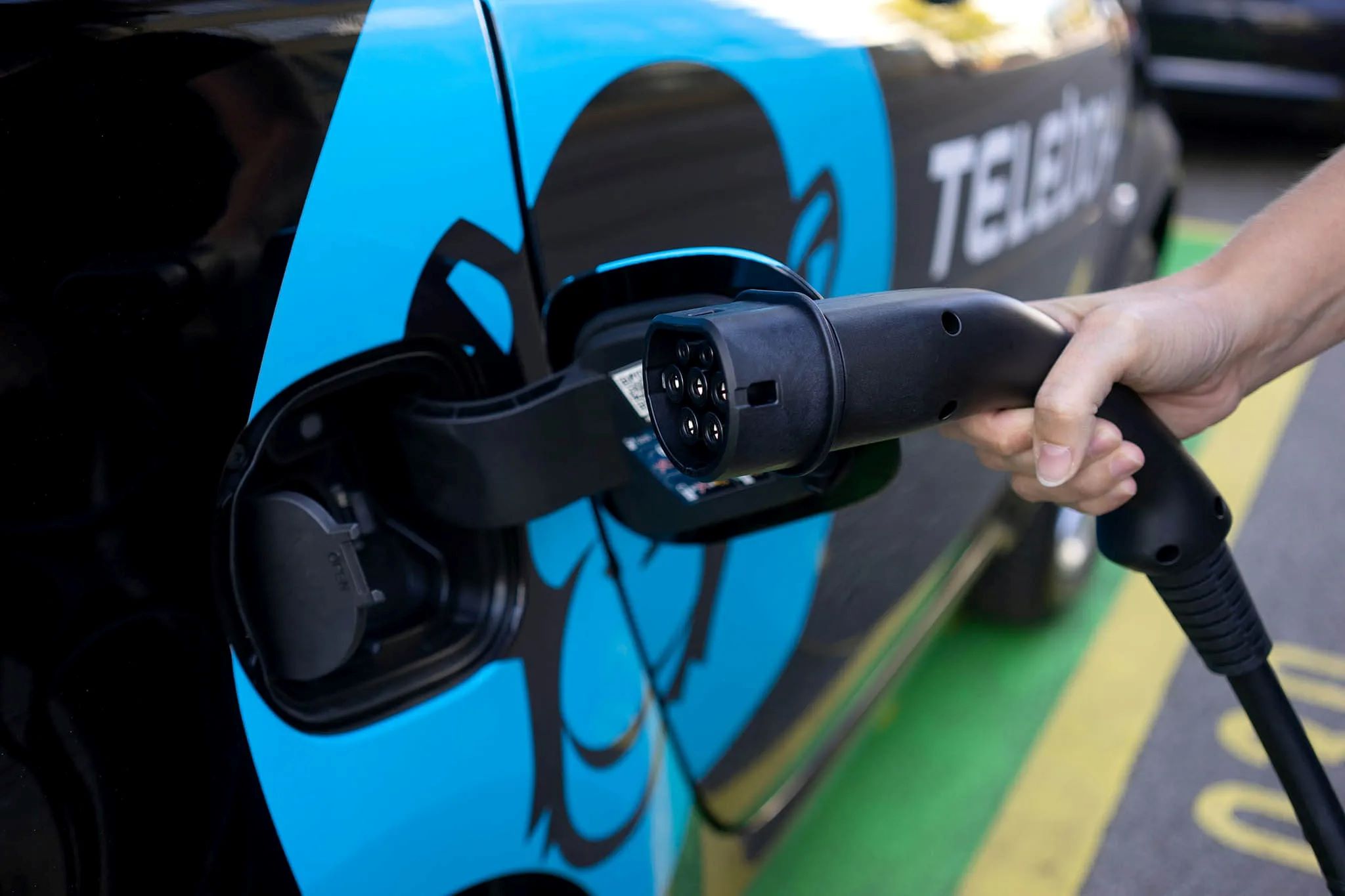
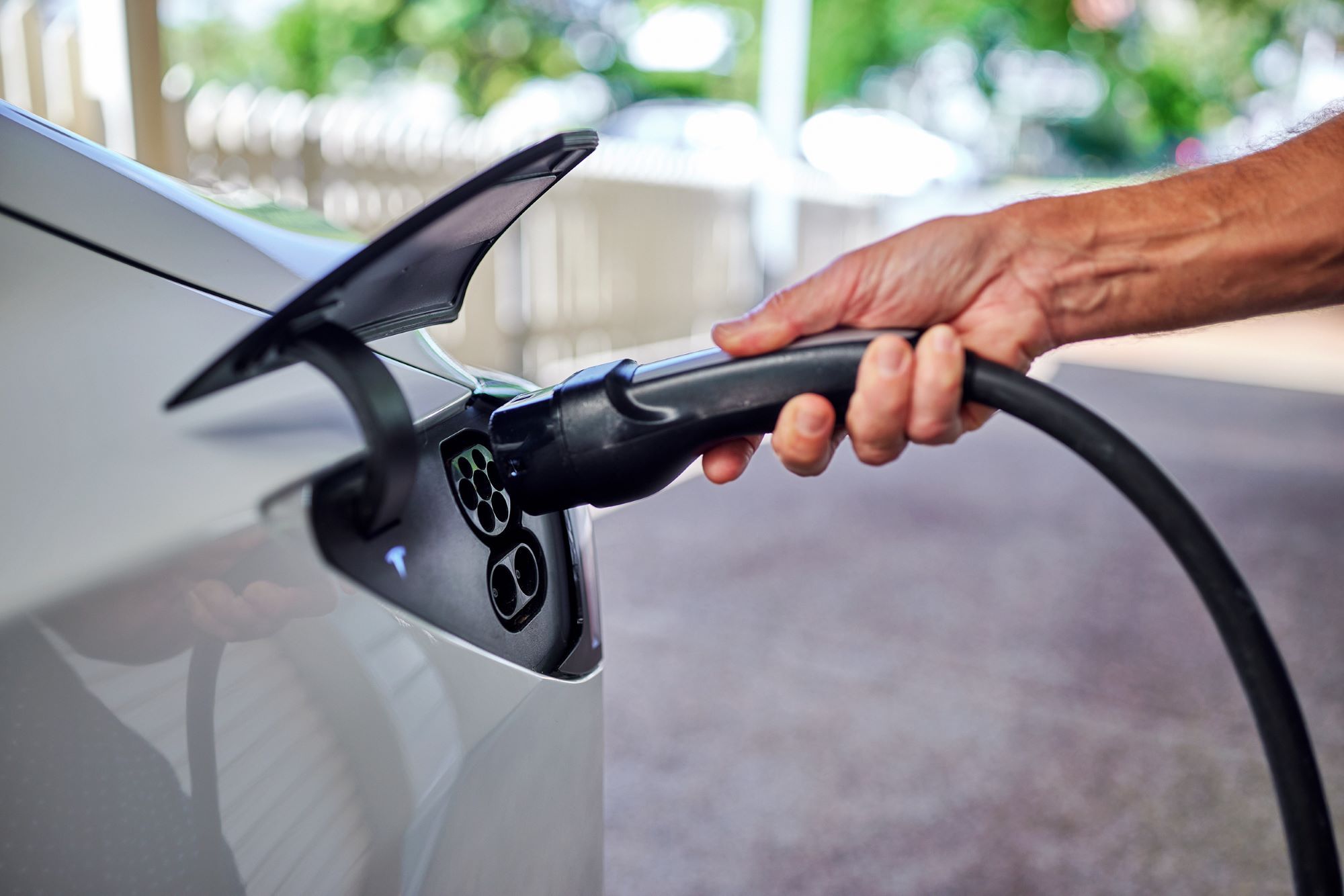
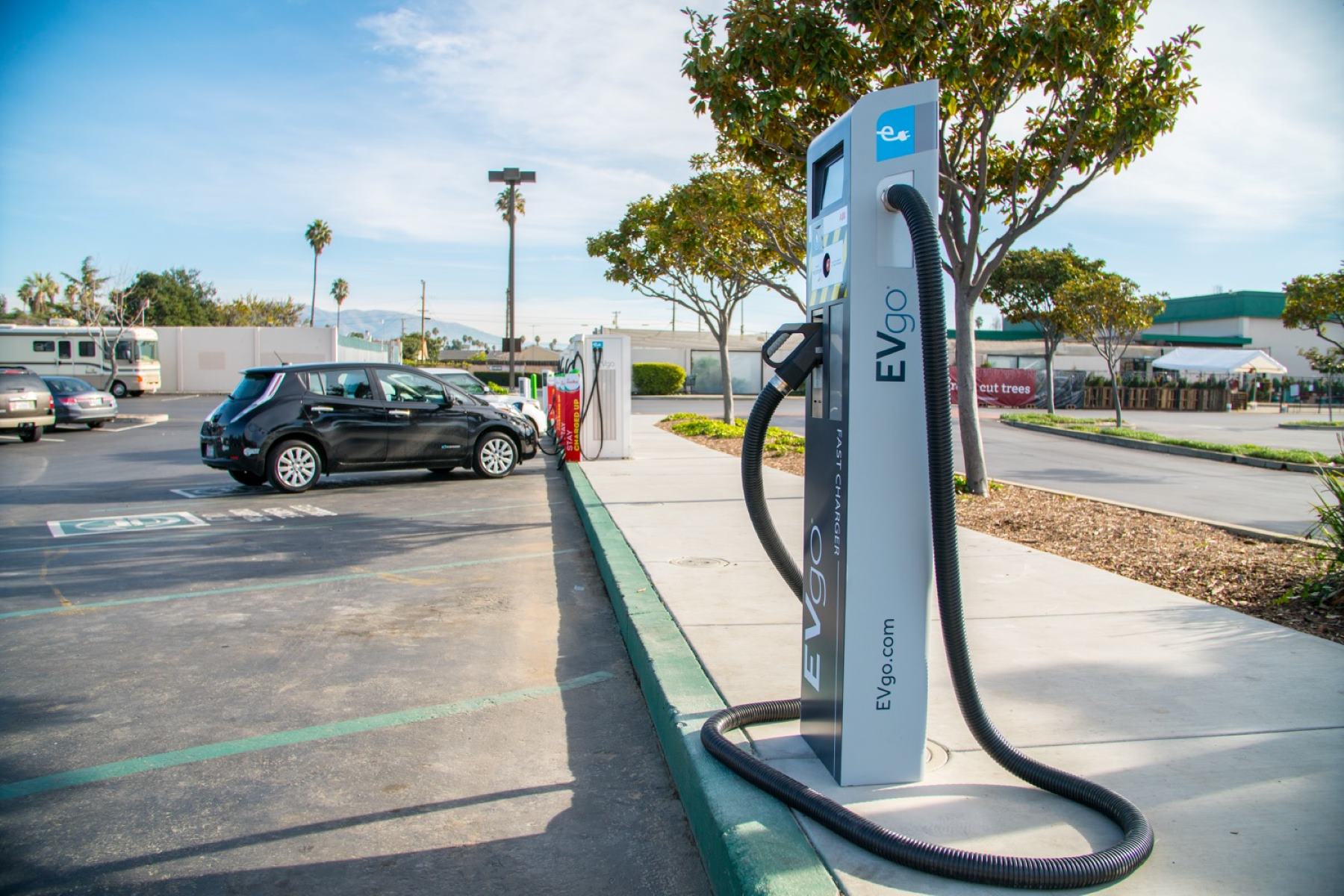
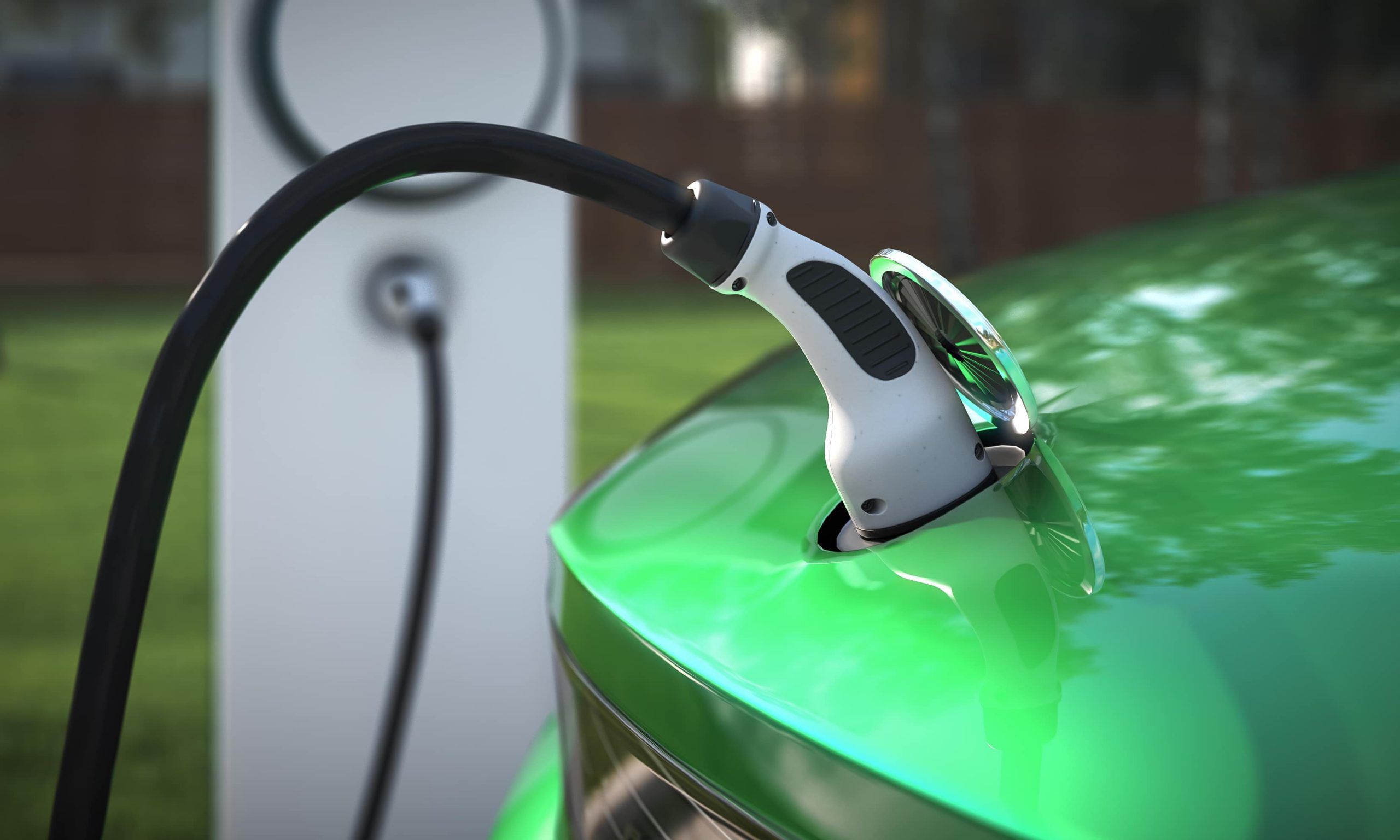
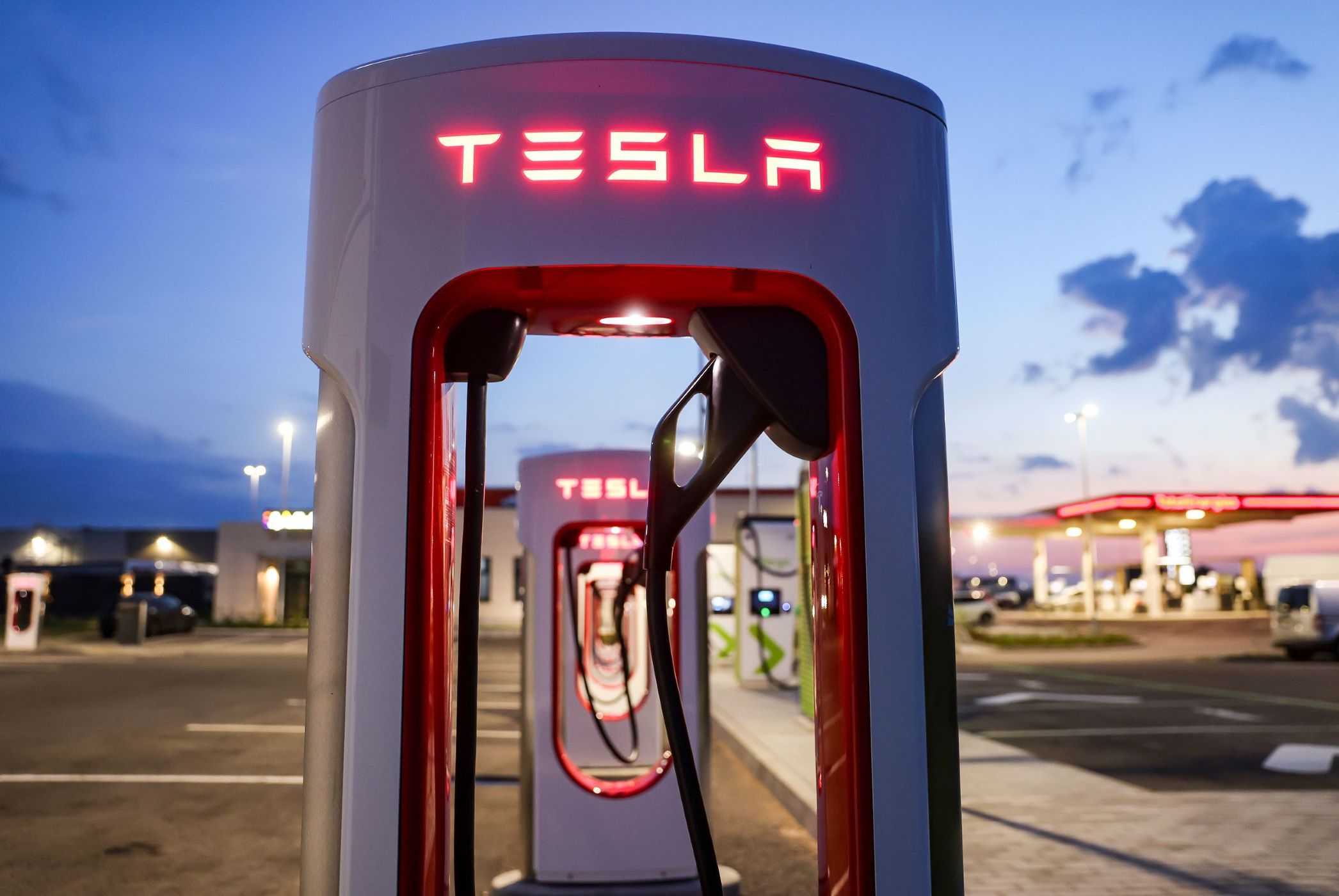
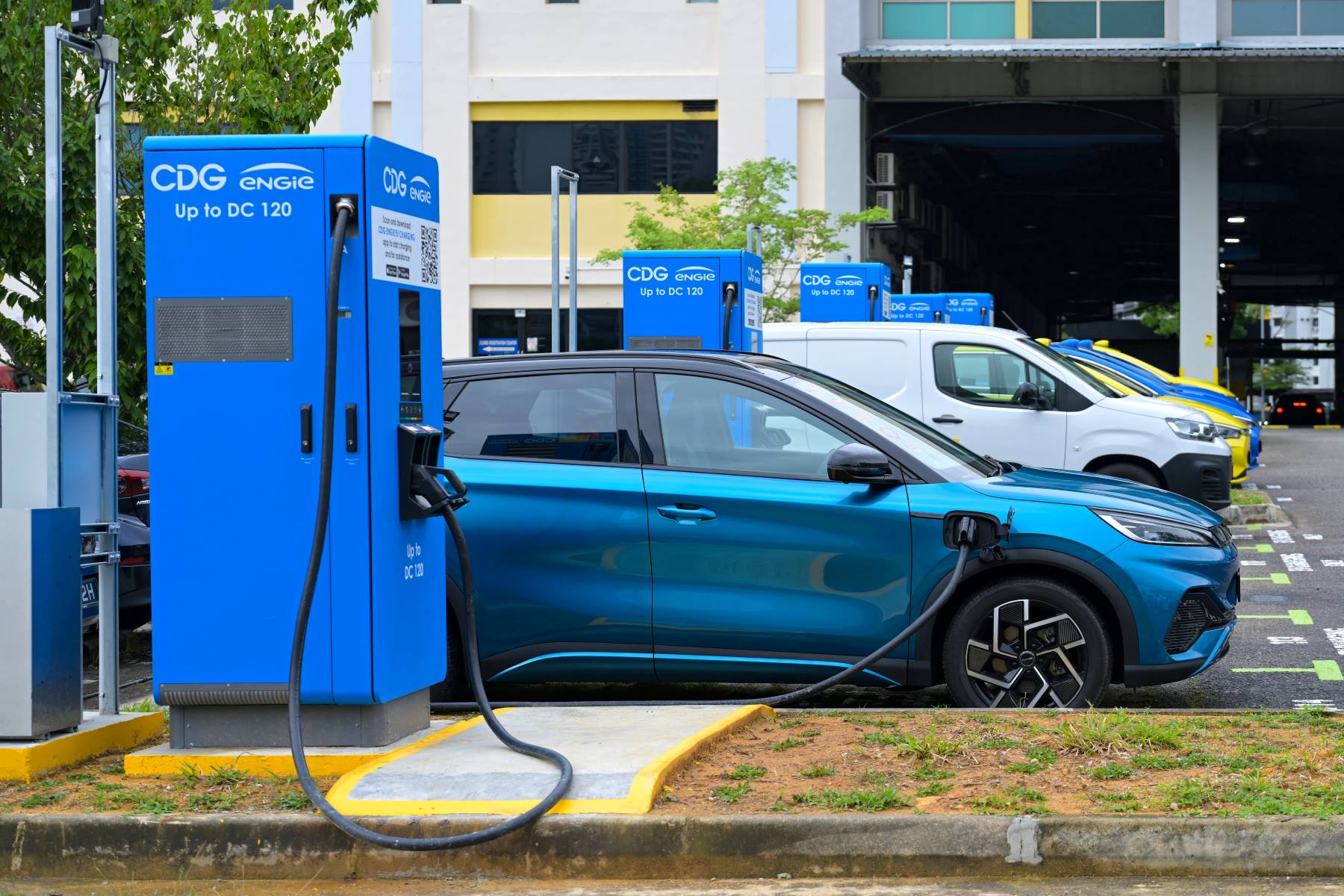

0 thoughts on “How To Use An EV Charging Station”